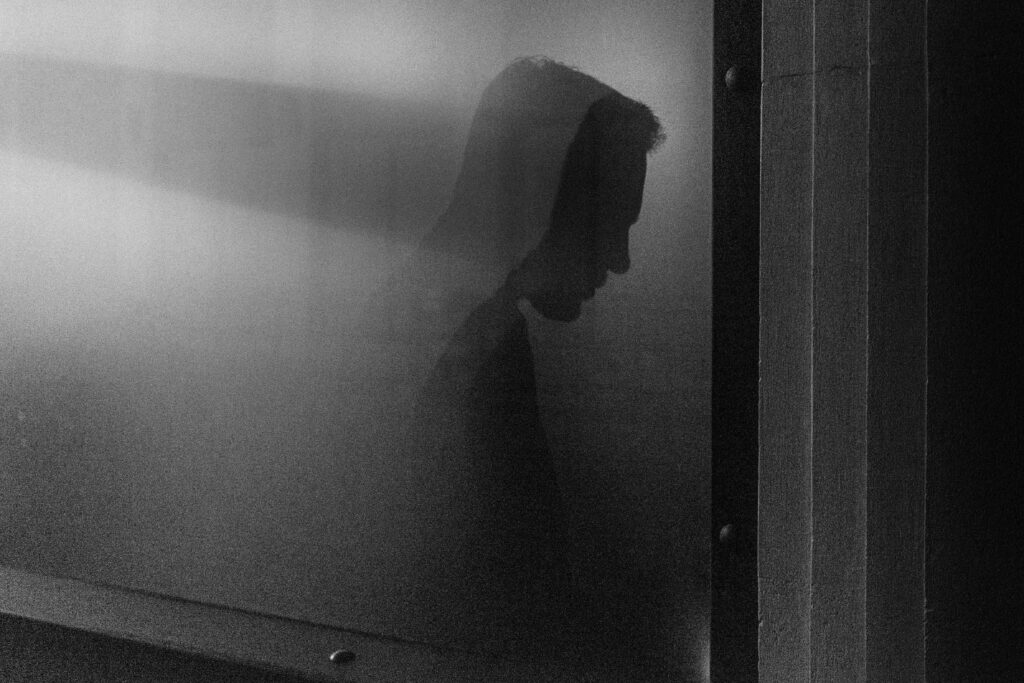All too often, stalking is a precursor to unwanted physical contact. Many stalkers are persistent offenders who utilize many tactics to contact, surveil, control, isolate, sabotage, and otherwise scare their victims.
Stalking is a prevalent victimization across the United States, with growing numbers rivaling those of intimate partner and sexual violence. It is a form of violence with risks, support and safety planning needs, and legal responses. 1 in 3 women and 1 in 6 men will experience stalking in their lifetime.
All too often, stalking is a precursor to unwanted physical contact. Many stalkers are persistent offenders who utilize many tactics to contact, surveil, control, isolate, sabotage, and otherwise scare their victims. Unwanted, persistent phone calls, physically following victims, persistently sending unwanted gifts/letters/etc., sneaking into homes, and using GPS/other location services to track a victim are all ways that perpetrators engage in stalking.

In movies or on tv, stalkers are often portrayed as shadowy strangers or mysterious secret admirers. In reality, most offenders know their victims and are primarily intimate partners or acquaintances. Broken down into percentages:
- 42% of reported stalking incidents involve an
- 40% involve a current or former dating partner.
- 8% involve someone the victim has briefly encountered.
- 8% involve a family member.
- 4% involve a person of authority.
- 19% involve a stranger.
This January, for Stalking Awareness Month, Options wants to highlight ways you can safety plan if you are a victim of stalking.
Stalking Violence Safety Plan
“Stalking Safety Strategies,” SPARC 2022 (www.stalkingawareness.org)

Safety Planning for Workplace and School:
- Give a picture of the stalker to security and friends at work and school.
- Consider changing routes to and from work/school.
- Adjust hours (if possible).
- Have a colleague or security guard walk you to your car/other means of transportation.
- Make sure your school/work knows not to provide your contact information.
- If you have a protective order against the stalker, keep a copy of your protective order with you AND provide a copy to security and/or other trusted officials at your work or school.

Safety Planning for Home:
- Inform neighbors and/ or apartment managers about the situation.
- Provide a photo/ description of the stalker as well as a photo of the stalker’s vehicle.
- Pack a bag with important items in case you need to leave quickly.
- Identify escape routes out of your house.
- Teach them to your loved ones – especially if you have children.
- Change locks and upgrade home security system.

Safety Planning Around Technology:
- Update passwords to accounts frequently.
- Change answers to your security questions so that the stalker is not able to reset your password or gain access to the account.
- Adjust default settings on phone, apps, and websites so to prevent your location from being shared. Apps like Snapchat, Facebook, Instagram, and even Google keep track of your location. These settings can be switched off in your phone. Additionally, make sure you are not sharing your location via Find My iPhone if you have an iPhone. The Find My iPhone app can also be used to see if you have any Apple AirTags on your belongings.
- Do an internet search on your name to make sure none of your personal information is posted by others.
- If you find information posted about you, notify the site’s webmaster immediately and request that the information be removed.
- Don’t give your online identification information to others.
- If the stalker has had access to your phone or computer, they may be monitoring what you do via Spyware, key logging software, and other means. A stalker may also see any changes that you make. You may want to:
- Use another, safer device (for example, a friend’s phone, library computer, etc.). BUT if you are using a device that is not yours, make sure to delete and log out of your web activity.
- Acquire a new device (if possible).
- Change the settings on your social media profile to be for “friends only” so that strangers or people you may not want to see your posts aren’t able to see things that you share.
- View your account from another perspective. Social media profiles often ask you to input and display your workplace, who you are in a relationship with, where you go/have gone to school, your hometown, and your current town. If these things are visible to anyone who views your profile, they have easier access to your location and personal info.
- If the stalker has had access to your phone or computer, they may be monitoring what you do via Spyware, key logging software, and other means. A stalker may also see any changes that you make. You may want to:
If you need any additional information, have a question, or a concern, feel free to reach out to Options at our 24-hour toll-free helpline 800-794-4624. You can also reach an advocate via text by texting HOPE to 847411 or click 24-Hour Chat with Options.
Written by Anniston Weber


